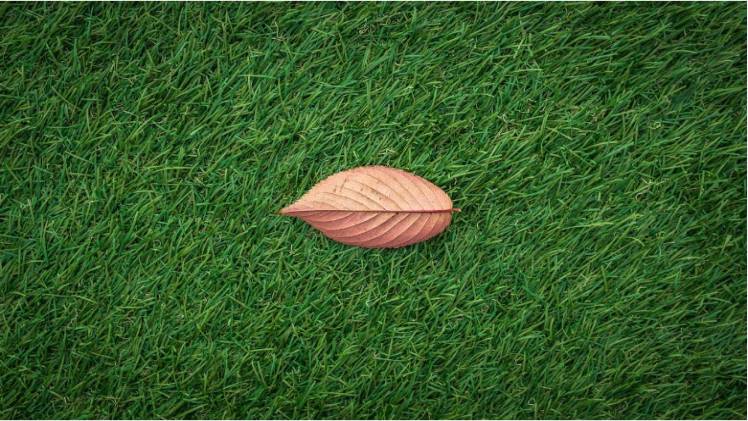6 Tips for Achieving a Pest-free, Luxurious Lawn

Imagine stepping outside on a warm summer’s day. The sunlight dances off the dew-kissed blades of your lush, green lawn. It’s a sight to behold, but more than that, it’s a testament to your dedication to lawn care.
A well-maintained lawn doesn’t just elevate your home’s curb appeal; it creates a sanctuary where kids can play, families can gather, and nature can thrive. It is, in essence, a cornerstone of a beautiful home.
But how does one transform a patch of grass into a luxurious, pest-free lawn? Here are six tips to help you on this journey.
Regular Mowing
Regular mowing isn’t just about maintaining aesthetics; it’s also about fostering healthier grass growth. By keeping your lawn at the optimal height (typically 2.5 to 3.5 inches), you encourage thicker growth while discouraging pests and weeds.
It’s crucial to keep your mower blades sharp and to mix up your mowing pattern to prevent the grass blades from leaning in one direction. Also, remember the “one-third” rule: never cut more than one-third of the grass blade at once to prevent stress on the grass.
Proper Watering
Water is the lifeblood of your lawn, but there’s an art to proper watering. It’s best to water your lawn in the early morning when the temperatures are cooler, reducing evaporation. Aim for deep, infrequent watering which encourages the roots to grow deeper, making your lawn more drought-resistant.
As a rule of thumb, your lawn needs about 1 to 1.5 inches of water per week, including rainfall.
Fertilizing
Think of fertilizer as food for your lawn. It replenishes the soil’s nutrients to ensure your grass stays green and healthy. There are many types of fertilizers, but they all contain three key nutrients: nitrogen, phosphorus, and potassium.
The best time to apply fertilizer is in the spring and fall when your grass is actively growing. Remember to follow the manufacturer’s instructions.
Weed Control
Weeds are the bane of a luxurious lawn. They compete with your grass for nutrients, sunlight, and water. Preventing weeds begins with maintaining a healthy lawn. Regular mowing, proper watering, and adequate fertilization can create an environment where grass thrives and weeds struggle.
However, if weeds do appear, you can remove them manually or use a selective herbicide.
Pest Control
Pests can wreak havoc on a beautiful lawn, causing unsightly brown patches and uneven growth. Common lawn pests include grubs, cutworms, and armyworms. Natural solutions for pest prevention include introducing beneficial insects like ladybugs and praying mantises, who feed on harmful pests.
You can also employ biological controls like milky spore (for grubs) or use an organic insecticide. In addition to natural and biological methods, there are also cultural practices you can implement to prevent pest infestations.
Aeration
Aeration involves perforating the soil with small holes to allow air, water, and nutrients to penetrate the grass roots. This helps the roots grow deeply, resulting in a stronger, more vigorous lawn.
The best times to aerate are during the growing season, when the grass can heal and fill in any open areas after soil plugs are removed. You can rent a lawn aerator at a garden store or hire a lawn service to do the job.




